Explore the Best Eco-Friendly Places in 2025
As 2025 unfolds, a world of stunning landscapes, cultural marvels, and sustainable travel opportunities awaits. This year, travelers are focusing on destinations that blend breathtaking experiences with eco-conscious tourism. Here’s a detailed look at the best places to visit in 2025, the best times to explore them, and the eco-friendly practices shaping the future of travel.
1. Kyoto, Japan: The Perfect Fusion of Tradition and Nature

Kinkaku-ji Temple in Kyoto Scenic View
Why Visit Kyoto?
Kyoto offers an unparalleled blend of traditional culture, serene temples, and natural beauty. Visitors can stroll through the Arashiyama Bamboo Grove, marvel at the Golden Pavilion (Kinkaku-ji), or experience a tea ceremony in a centuries-old teahouse.


Best Time to Visit:
Spring (March to May) for cherry blossoms and fall (October to November) for vibrant autumn foliage.
Eco-Friendly Highlights:
Kyoto has embraced sustainable tourism with electric buses, bike-friendly paths, and initiatives to preserve its historic sites. Many ryokans (traditional inns) now feature eco-friendly practices, such as reducing waste and using solar energy.
2. Costa Rica: A Pioneer in Eco-Tourism

Why Visit Costa Rica?
Costa Rica is synonymous with eco-tourism, offering lush rainforests, pristine beaches, and abundant wildlife. Explore national parks like Corcovado or Tortuguero, where you can spot rare species such as jaguars and green sea turtles.

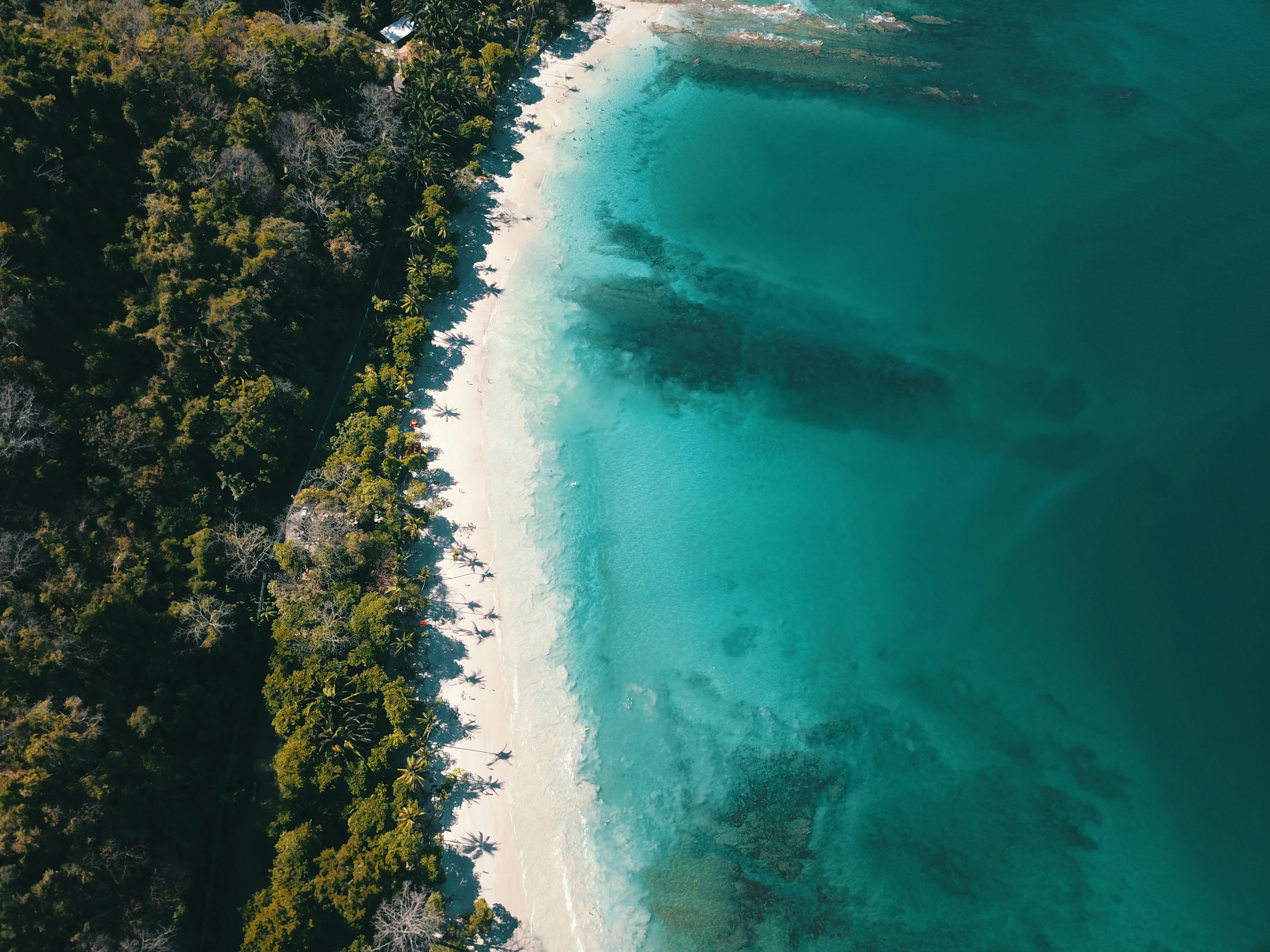
Best Time to Visit:
December to April, the dry season, is perfect for exploring wildlife and outdoor activities.
Eco-Friendly Highlights:
With over 25% of its land protected, Costa Rica is a global leader in sustainability. The country has committed to becoming carbon neutral and promotes eco-lodges that operate entirely off-grid. Visitors can participate in tree-planting programs and learn about sustainable agriculture.
3. Reykjavik, Iceland: Land of Fire, Ice, and Sustainability
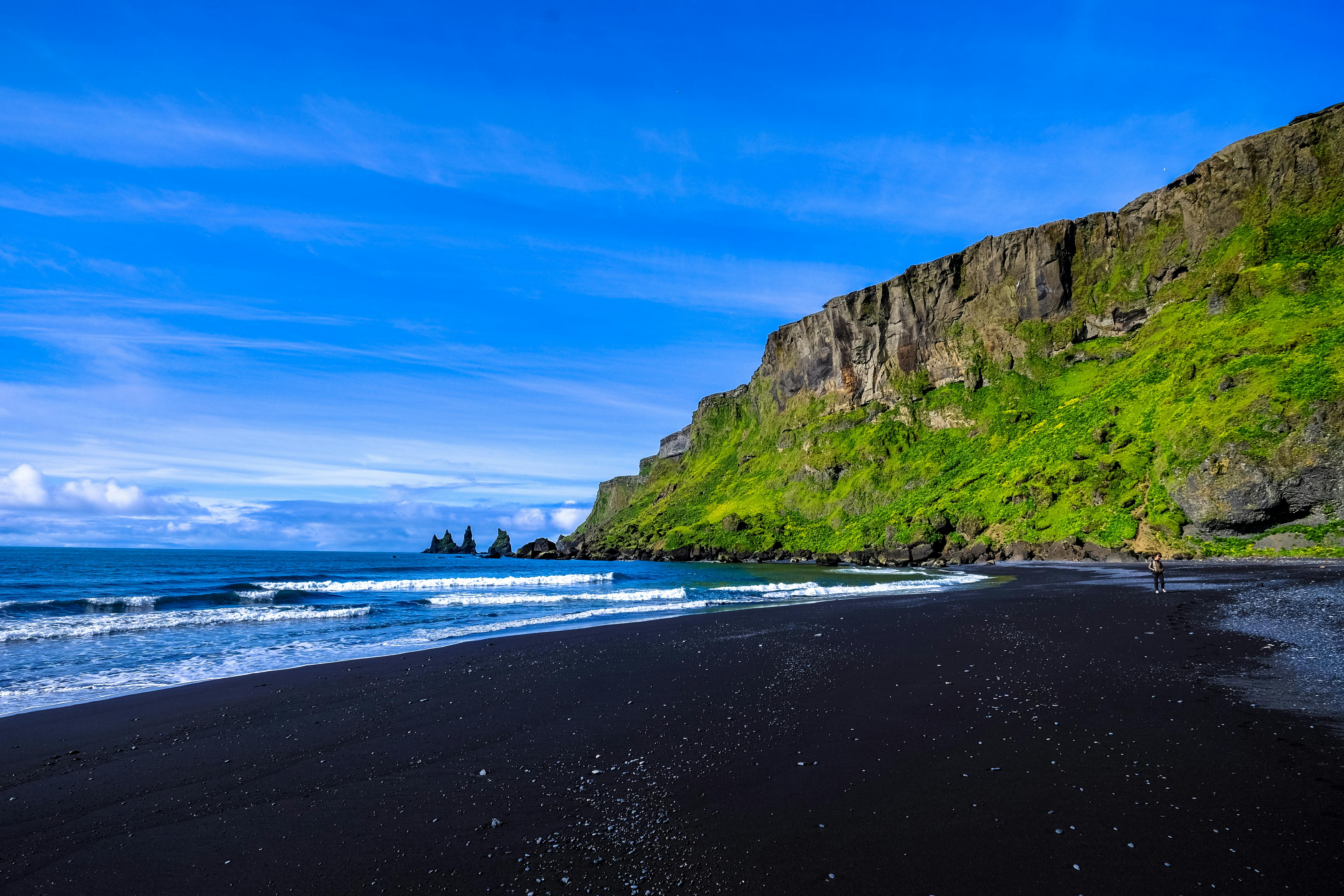
Why Visit Reykjavik?
Iceland’s capital is the gateway to natural wonders like geysers, glaciers, and the Northern Lights. Soak in the Blue Lagoon or take a guided glacier walk for a surreal adventure.

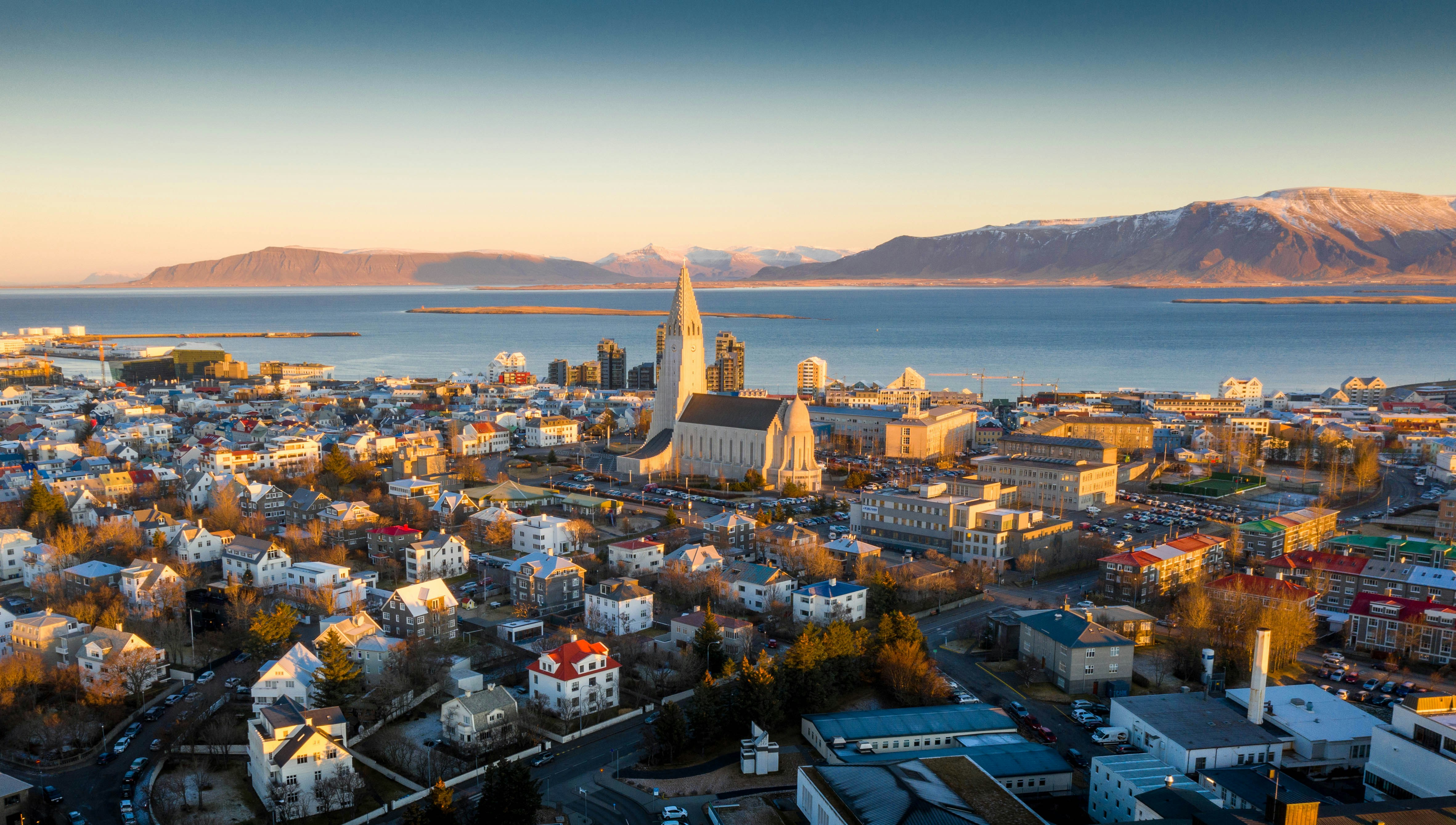
Best Time to Visit:
Summer (June to August) for endless daylight and winter (November to March) for the Northern Lights.
Eco-Friendly Highlights:
Iceland runs almost entirely on renewable energy sources, including geothermal and hydroelectric power. Many tour operators focus on low-impact excursions, ensuring the preservation of fragile ecosystems.
4. Cape Town, South Africa: Where Nature and Urban Life Collide

Why Visit Cape Town?
Cape Town boasts stunning coastal views, the iconic Table Mountain, and vibrant markets. Nearby, you can explore the Cape Winelands or spot wildlife at Cape Point.
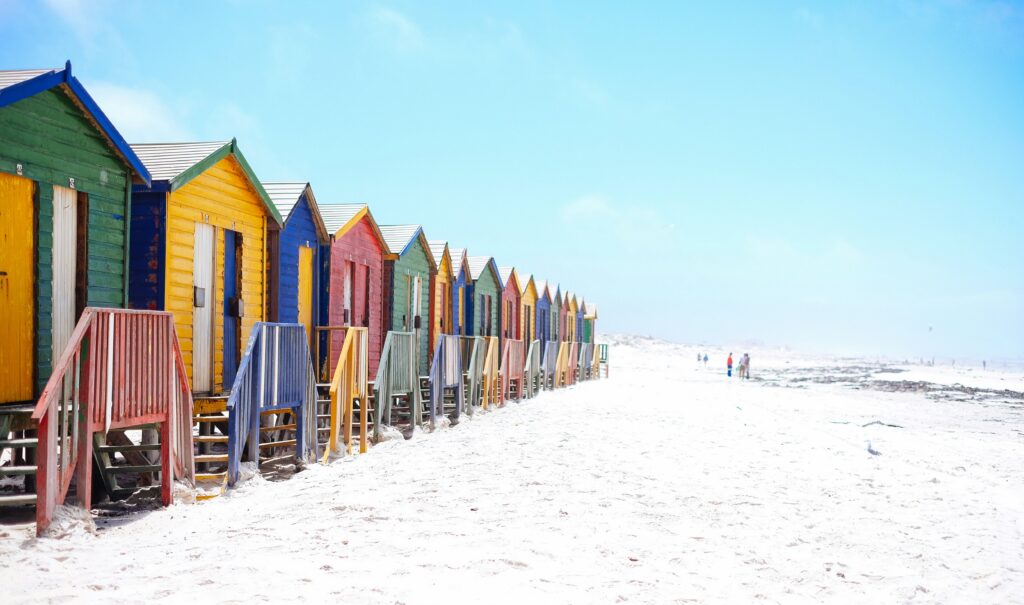
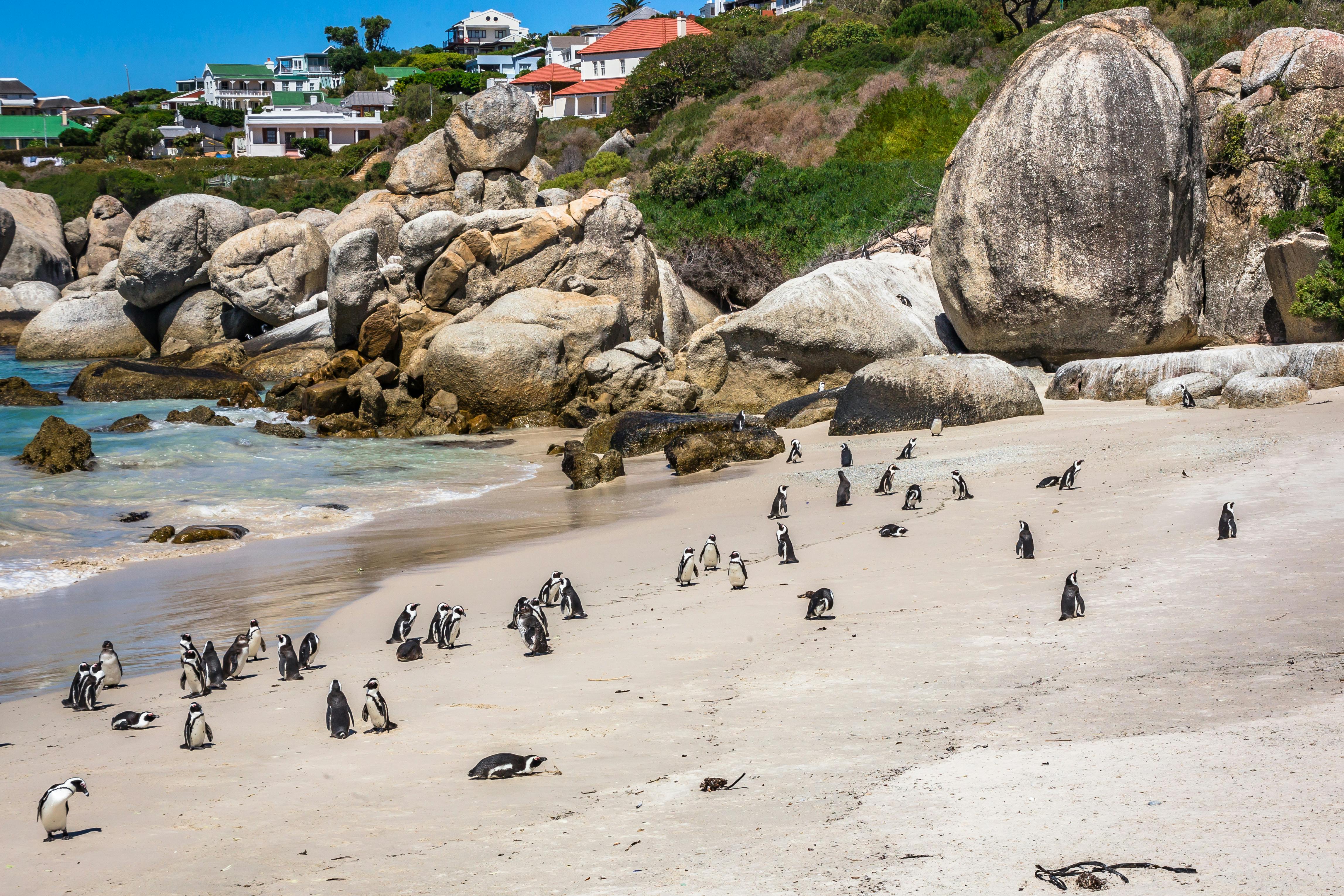
Best Time to Visit:
October to March for warm, sunny weather ideal for outdoor adventures.
Eco-Friendly Highlights:
The city has invested heavily in sustainable water use and renewable energy. Eco-conscious travelers can stay in green-certified hotels, participate in community-based tourism, and visit urban farms.
Read More:
https://theworldseye.com/travel-guide-to-busan-city-exploring-south-koreas-coastal-gem/
https://theworldseye.com/discover-seychelles-your-travel-guide/
6. Bhutan: The World’s First Carbon-Negative Country

Why Visit Bhutan?
Nestled in the Himalayas, Bhutan is a spiritual haven with dramatic landscapes, ancient monasteries, and a culture rooted in mindfulness.


Best Time to Visit:
Spring (March to May) and fall (September to November) for clear skies and vibrant festivals.
Eco-Friendly Highlights:
Bhutan strictly regulates tourism through a “high-value, low-impact” policy, ensuring its natural and cultural heritage remains intact. Visitors pay a daily sustainable development fee, which funds environmental projects.
6. Patagonia, Chile: A Wilderness Adventure
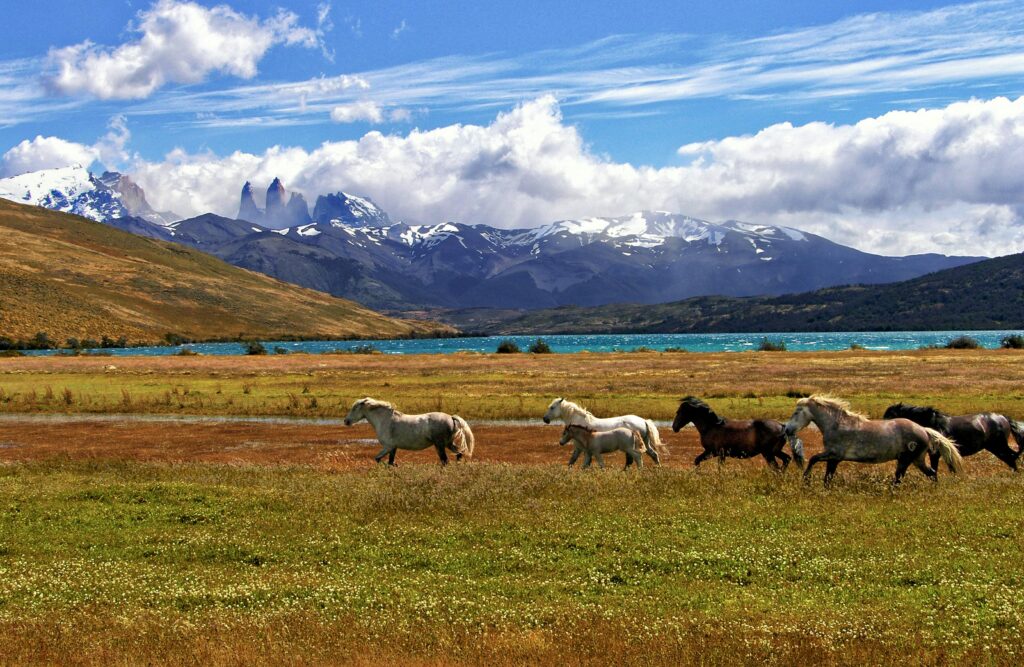
Why Visit Patagonia?
Patagonia is a haven for outdoor enthusiasts, offering dramatic mountains, glaciers, and crystal-clear lakes. Explore Torres del Paine National Park or kayak through fjords.

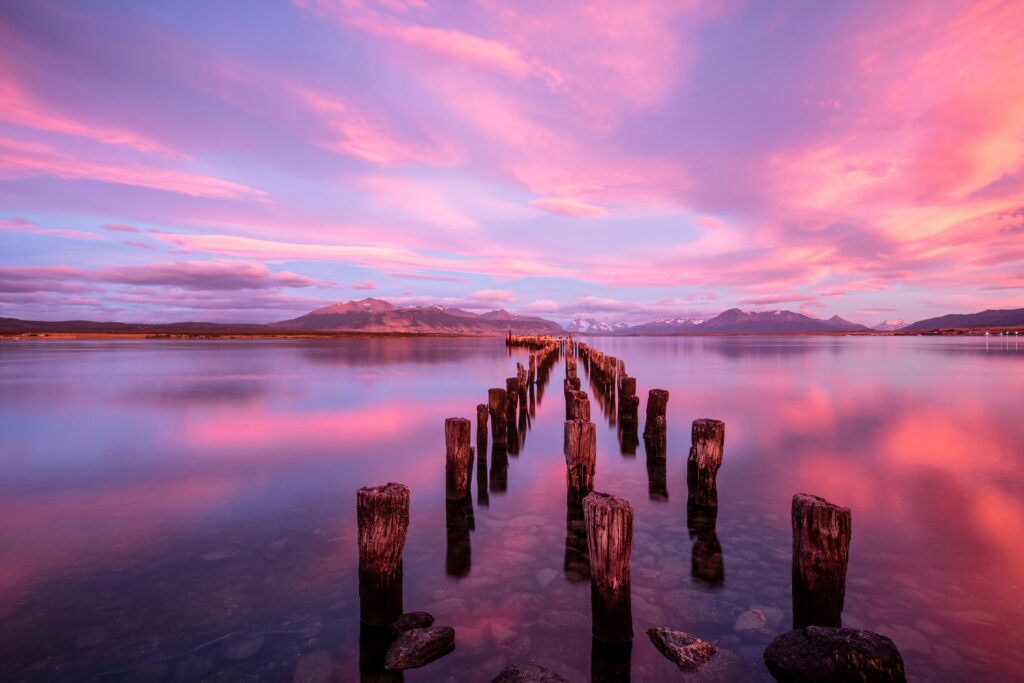
Best Time to Visit:
November to March, the summer season, offers the best weather for hiking and outdoor activities.
Eco-Friendly Highlights:
Chile has implemented extensive conservation measures in Patagonia, creating protected areas and promoting sustainable tourism. Many lodges in the region use renewable energy and support local conservation projects.
7. Slovenia: Europe’s Green Gem
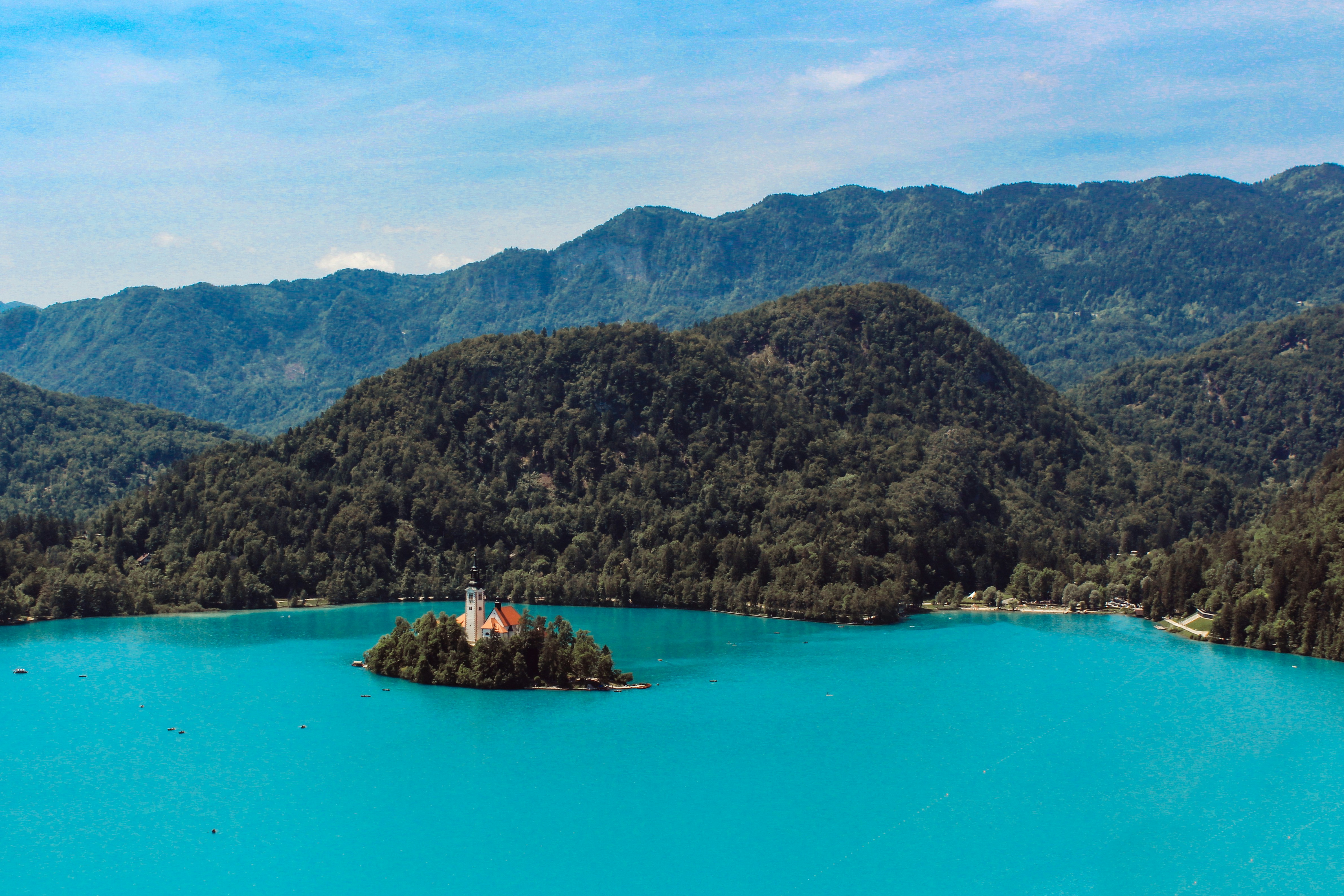
Why Visit Slovenia?
With its fairy-tale lakes, medieval castles, and the Julian Alps, Slovenia is a hidden European treasure. Visit Lake Bled, Triglav National Park, or the vibrant capital, Ljubljana.
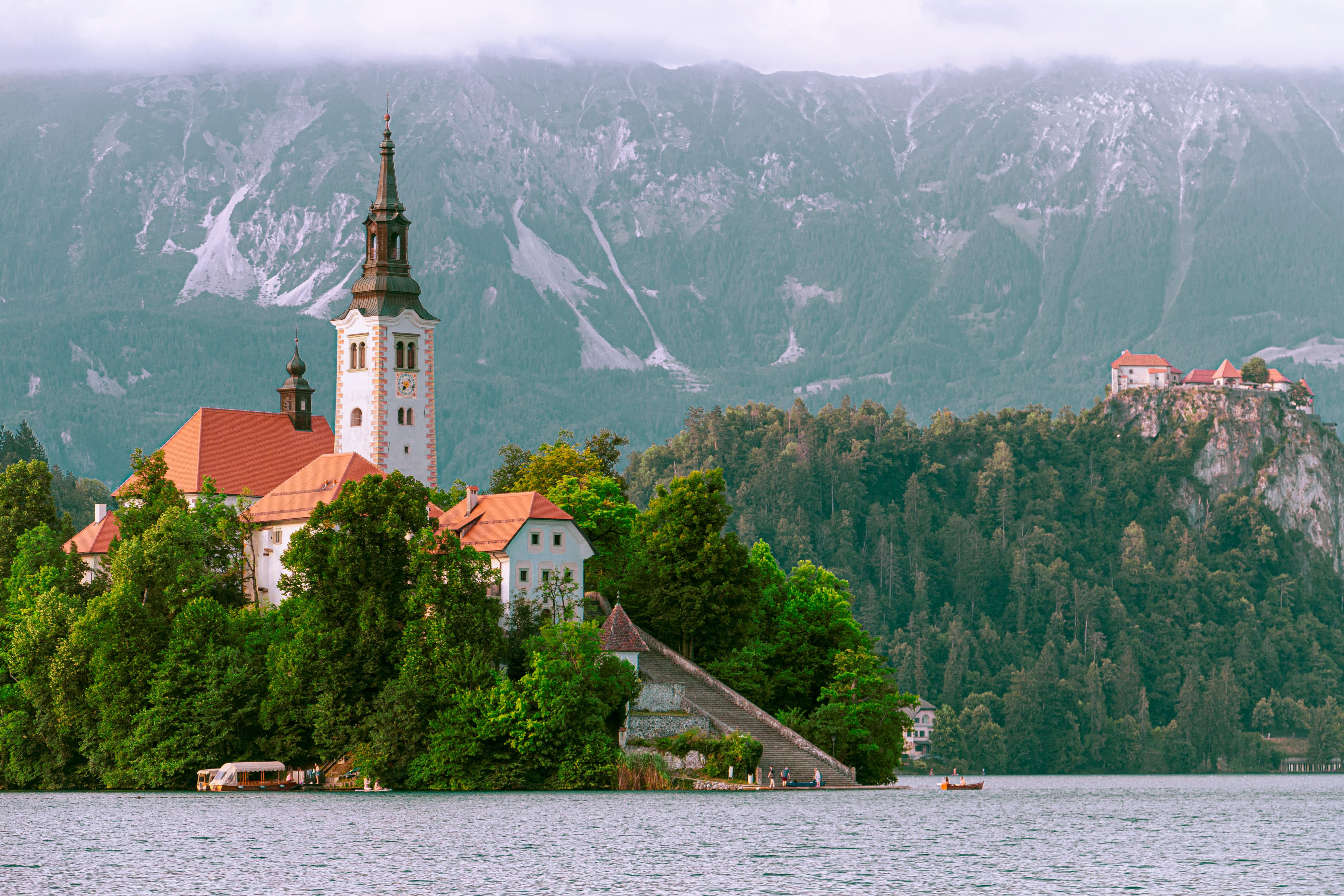

Pink Leafed Trees on Green Grass Field
Best Time to Visit:
May to September for warm weather and outdoor activities, or December for a magical winter experience.
Eco-Friendly Highlights:
Slovenia is one of the most sustainable countries in Europe, with extensive recycling programs and green-certified accommodations. Ljubljana is a green capital, promoting car-free zones and bike-sharing programs.
8. New Zealand: A Paradise for Nature Lovers
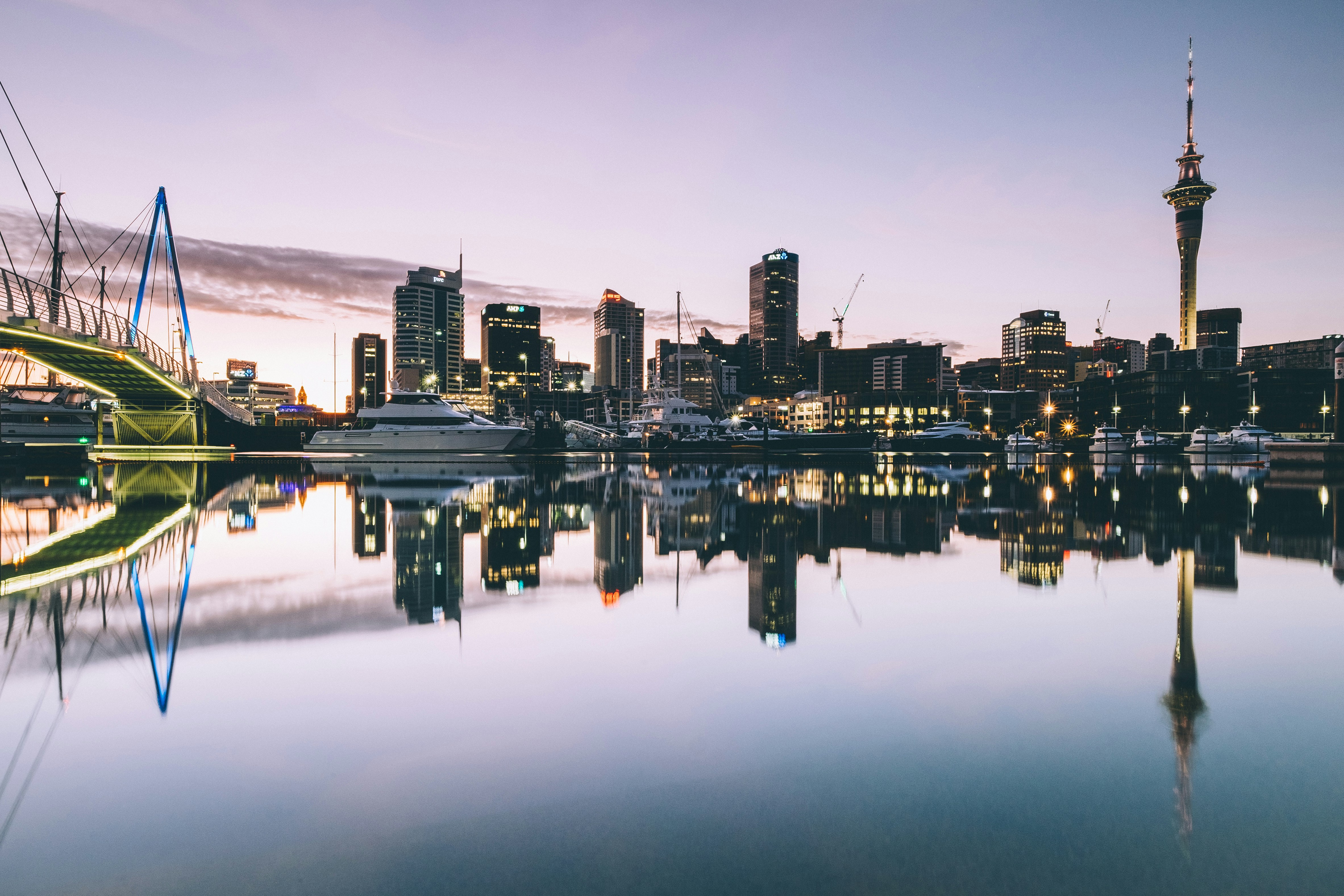
Why Visit New Zealand?
From the towering peaks of the Southern Alps to the serene beaches of the North Island, New Zealand offers diverse landscapes and thrilling adventures like hiking, skiing, and sailing.

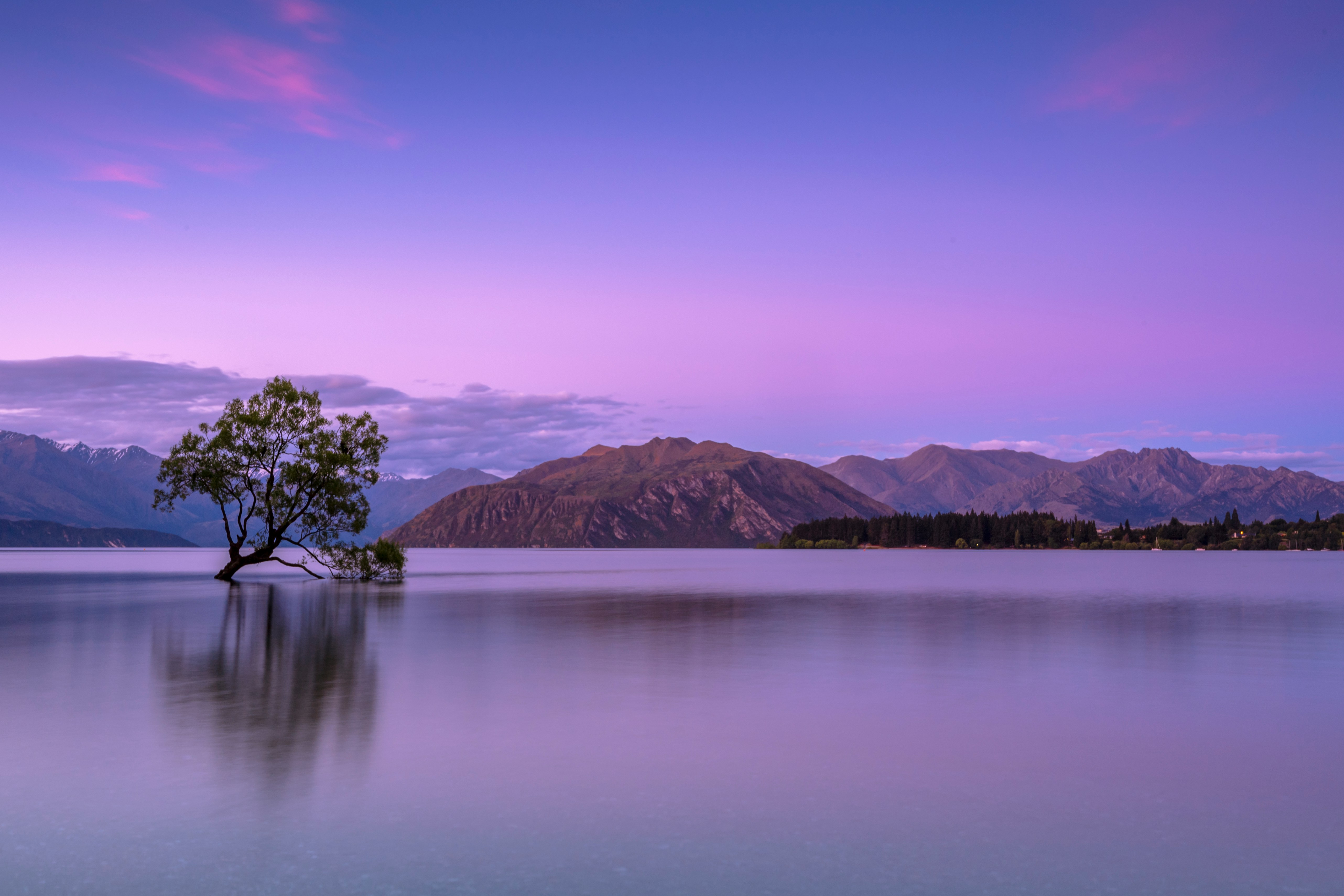
Best Time to Visit:
October to April for summer activities or June to August for skiing.
Eco-Friendly Highlights:
New Zealand’s “Tiaki Promise” encourages visitors to respect the environment and local culture. Many tourism operators focus on carbon offsetting, renewable energy, and habitat restoration.
9. The Galápagos Islands, Ecuador: A Wildlife Wonderland
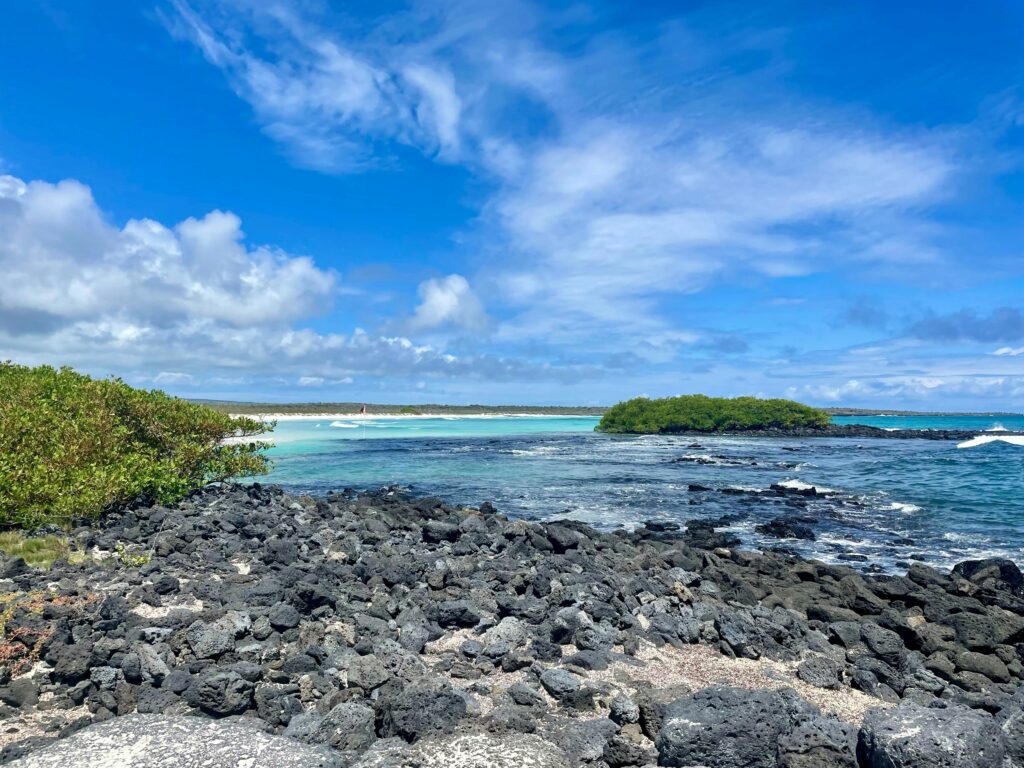
Why Visit The Galápagos Islands?
The Galápagos Islands are a haven for unique wildlife, such as giant tortoises and marine iguanas. Enjoy snorkeling, hiking, and educational tours led by expert naturalists.
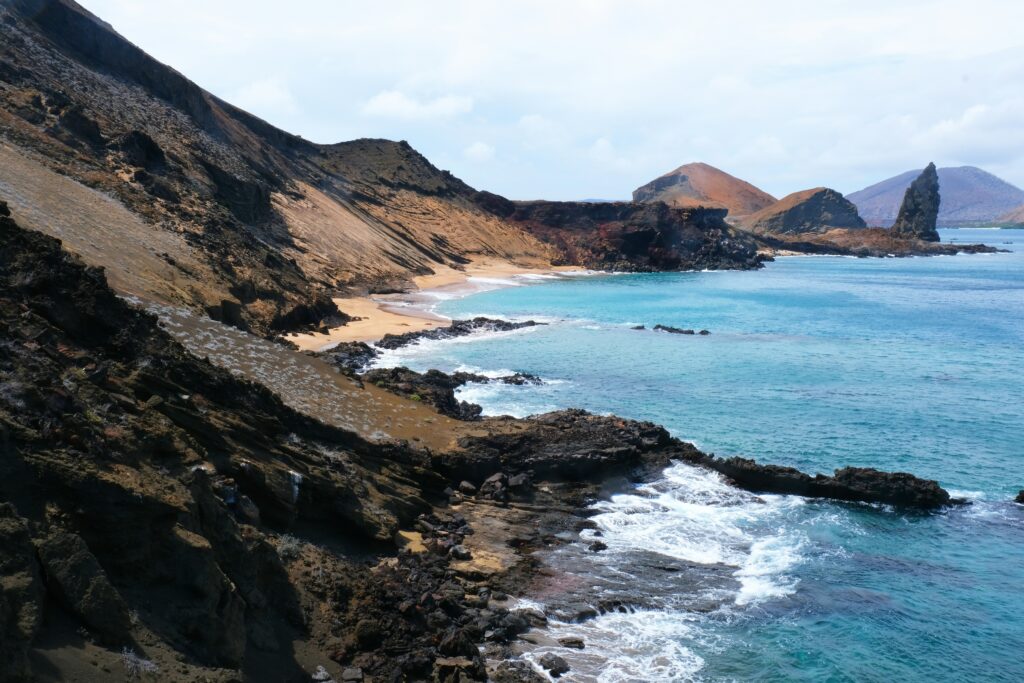
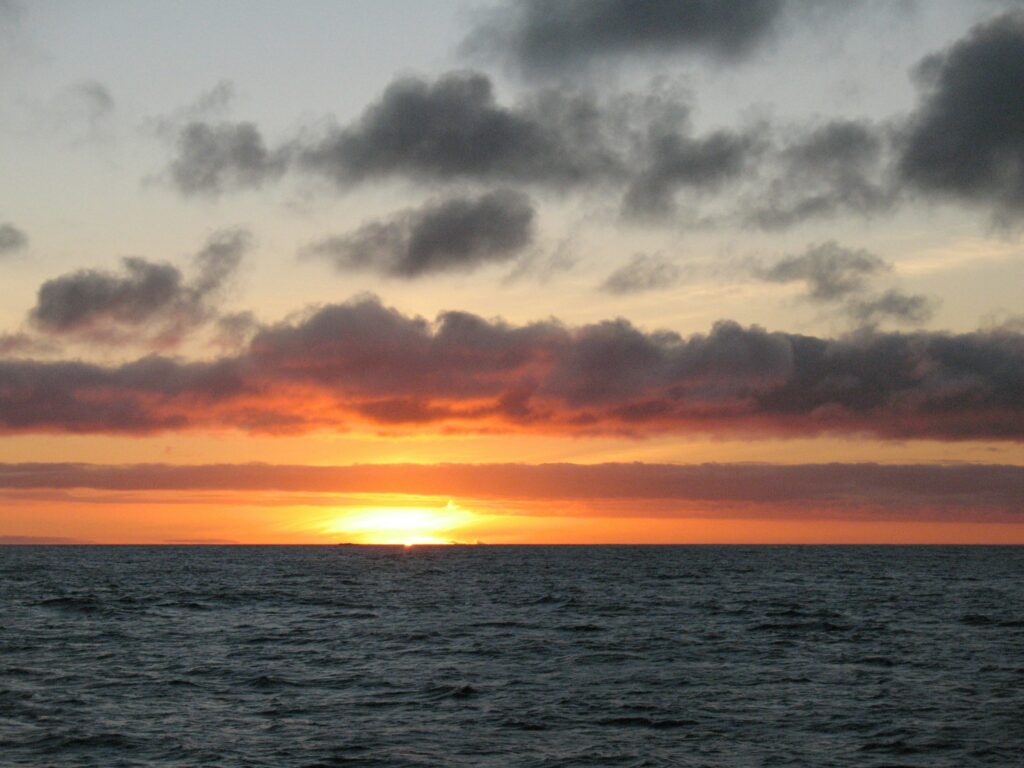
Best Time to Visit:
December to May for calm seas and warmer weather, ideal for snorkeling and wildlife spotting.
Eco-Friendly Highlights:
Strict tourism regulations limit the number of visitors, ensuring minimal impact on the fragile ecosystem. Many tour operators support local conservation projects and use eco-friendly practices.0p;/
10. Vancouver, Canada: A Green Urban Oasis
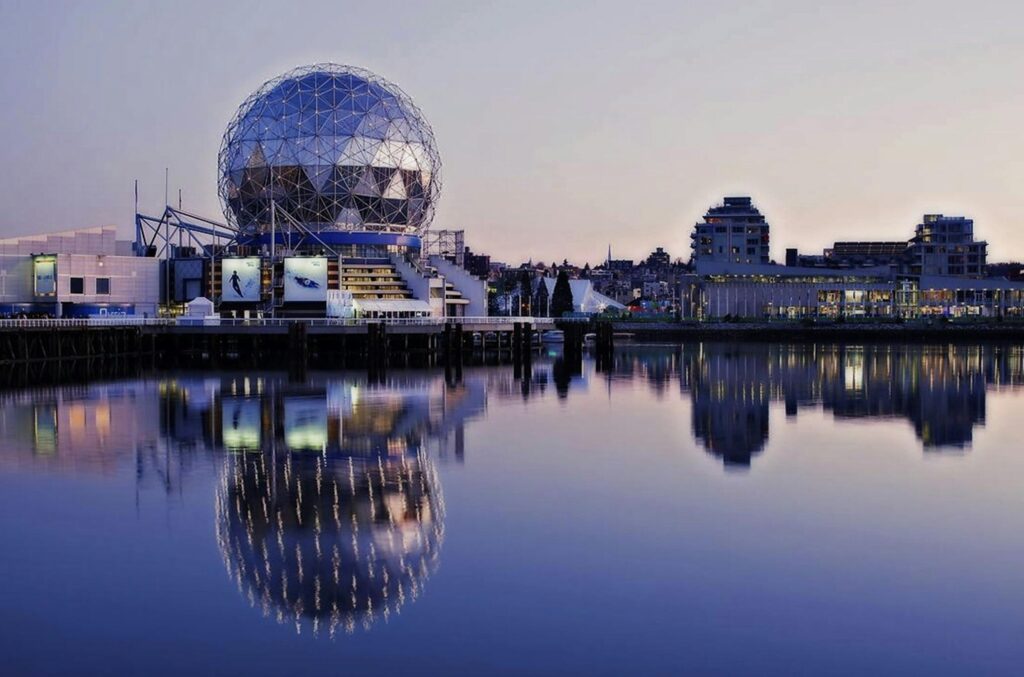
Grey Dome Building Beside Body of Water during Sunset
Why Visit Vancouver?
Vancouver combines urban sophistication with stunning natural beauty. Enjoy Stanley Park, Granville Island, and the Capilano Suspension Bridge.

Silhouette Photo of Forest
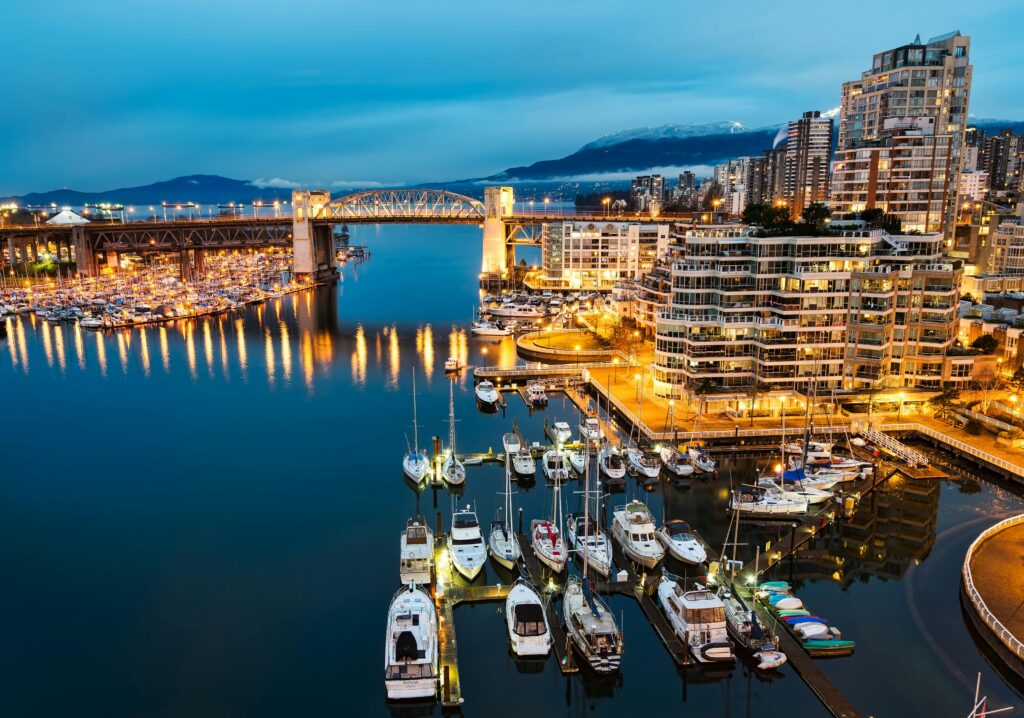
Yachts on Body of Water Near City
Best Time to Visit:
April to October for mild weather and outdoor activities.
Eco-Friendly Highlights:
The city aims to become the greenest in the world, with extensive recycling, renewable energy initiatives, and green roofs. Visitors can explore on foot, bike, or electric vehicle.
Travel Tips for 2025
- Sustainable Transportation: Opt for trains, electric vehicles, or shared rides whenever possible.
- Support Local Economies: Choose locally owned accommodations, restaurants, and tour operators.
- Eco-Friendly Gear: Invest in reusable water bottles, solar-powered chargers, and biodegradable toiletries.
- Plan Ahead: Many eco-destinations limit visitors, so book in advance.
From Kyoto’s tranquil temples to Costa Rica’s lush rainforests, these destinations promise unforgettable memories and opportunities to contribute to global sustainability. Choosing the best time to visit ensures you’ll make the most of your journey while respecting local ecosystems and cultures.


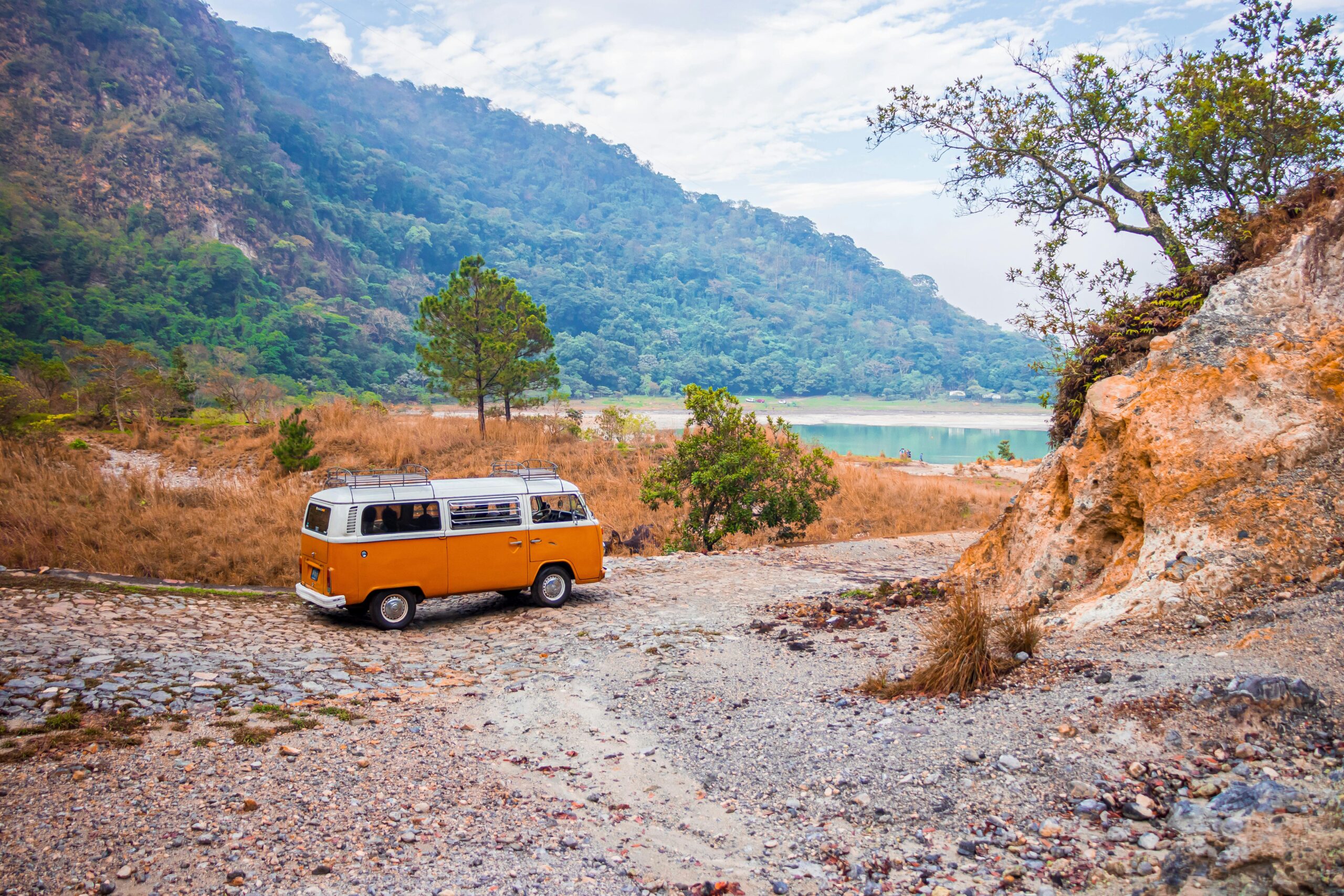

One Comment